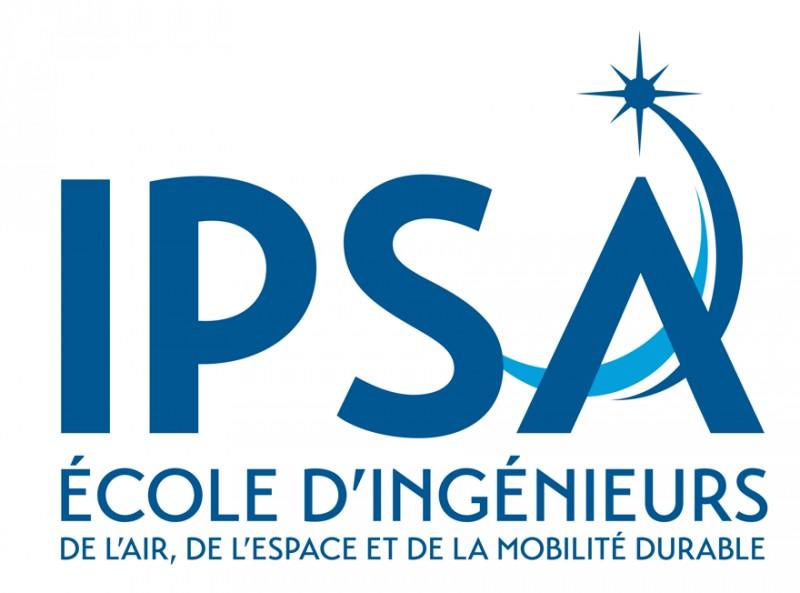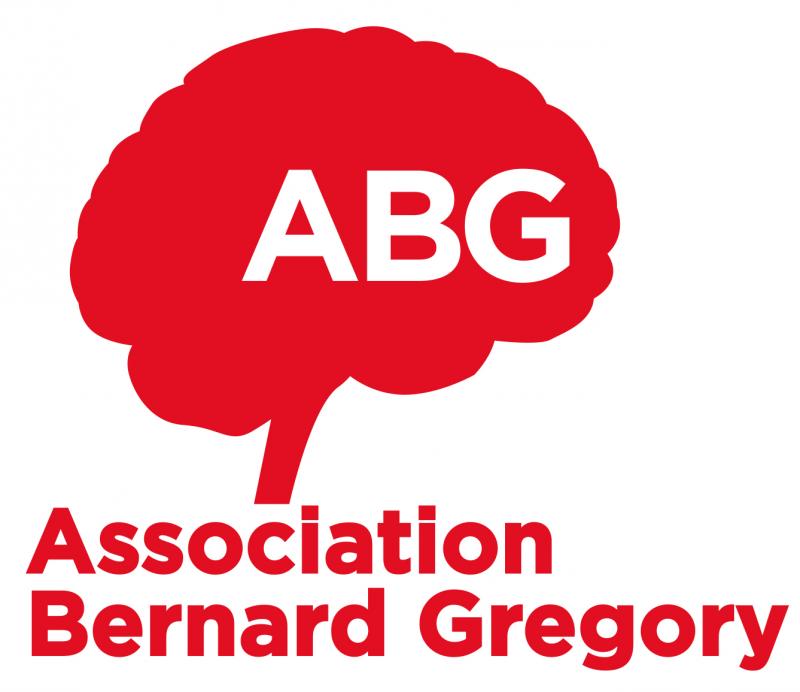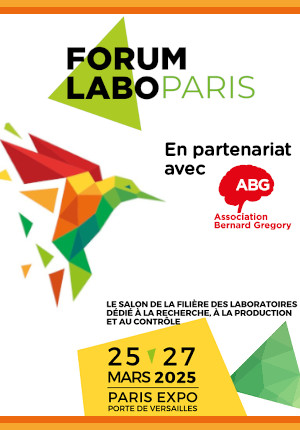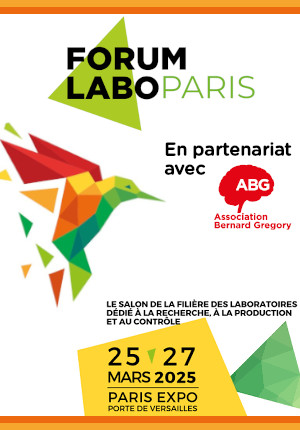Interface physics of ferroelectric AlBN/Ga2O3 and AlBN/GaN stacks for power electronics
| ABG-128030 | Job | Junior |
| 2025-02-01 | Fixed-term 24 Month | > €35,000 and < €45,000 annual gross |

- Electronics
- Materials science
Employer
IRAMIS teams conduct research in physics and chemistry, at the crossroads of academia and CEA missions, as well as societal issues and innovation. Its research focuses on new energy technologies, quantum technologies, new materials, complex systems and radiation-matter interaction.
Primarily fundamental in nature, the research carried out at the Institute is open to the creation of economic value and technology transfer. To carry out this research, IRAMIS teams use first-rate scientific facilities and equipment, and are also very active around Large European Facilities.
The physics of condensed matter is studied at SPEC, from the most fundamental aspects to applications in suitable cases. The approaches are extremely varied, exploring worlds ranging from the nano scale to macroscopic objects. Thanks to its publications in specialized scientific journals, SPEC is also a centre for technology transfer and patenting. SPEC is involved in numerous collaborations, both with the CEA and at national and international level.
We are part of the Service of Condensed Matter Physics (SPEC) in the IRAMIS institute of the French Atomic Energy and Alternative Energies Authority (CEA). Our research focuses on the study of the electronic and chemical structure of functional oxide surfaces, interfaces and films. To do so we employ a wide array of photoemission-based surface analysis techniques such as XPS, HAXPES, ARPES and PEEM as well as electron probes such as LEEM.
Our experimental work is done in both laboratory and synchrotron environments. We attach a lot of importance in building lasting collaborations with groups who are expert in epitaxial thin film growth, complementary experimental analysis techniques, device applications, micro and nanoelectronics technology, modelling and simulations.
The materials and devices we study are fabricated and characterized in close collaboration with our technological research partners including the CEA LETI (Grenoble), NaMLab (Dresden), the AFRL (Dayton, OH, USA) and indsutrialists such as STMicroelectronics.
Website :
Position and assignments
Commercial aviation accounts for about 2.5% total world CO2 emissions (1bT). A true, long-term, clean perspective eliminating a significant part of CO2 emissions is electric but current passenger payload limit (<100) is a major obstacle. One viable solution could be the hybrid airplane in which gas turbines are used for take-off and landing (while simultaneously charging batteries) and in-flight cruising is electrically powered. However, weight and MW power constraints require high voltage components. Fundamental research is required to optimize materials for integration into electronic components, capable of sustaining these power ratings.
The original idea of the Ferro4Power proposal is to increase the range of applications of Ga2O3 and GaN based devices by introducing a high breakdown, power electronics compatible, ferroelectric layer into the device stack. The up or down polarization state of the ferroelectric layer will provide an electric field capable of modulating the Ga2O3 and GaN valence and conduction bands, and hence the properties of possible devices, most probably Schottky diodes (SBD) and in hybrid depletion mode transistors for Ga2O3 and high frequency HEMTs for GaN. Our hypothesis is to control the electronic bands of Ga2O3 and GaN using an adjacent AlBN. Wurtzite AlBN has a wurtzite structure at room temperature, it is compatible with III-V semiconductors, can have a very high polarization (150 mC/cm2) and a high breakdown field up to 8 MV/cm allowing devices to sustain up to 1000 V.
Sustaining the expected high voltages requires power electronics with relatively thick layers (> 100 nm), however, interfaces with electrode materials or with the wide band gap semiconductors Ga2O3 and GaN could present high defect concentration and charge trapping may be crucial.
We will explore the chemistry and electronic structure of AlBN/Ga2O3 and AlBN/GaN interfaces, focusing on the key phenomena of polarization screening, charge trapping/dissipation, internal fields. The project will use advanced photoelectron spectroscopy techniques including synchrotron radiation induced Hard X-ray photoelectron spectroscopy and Photoemission electron microscopy as well as complementary structural analysis including high-resolution electron microscopy, X-ray diffraction and near field microscopy. Model interfaces will be fabricated in close collaboration with at the Air Force Research Laboratories (AFRL, Dayton, OH, USA).
The contract is for 24 months, August 2025 start date, negotiable. CV and contact details for two references before 15th April 2025 to Nick Barrett.
Geographic mobility:
Telework
Starting date
Profile
We are looking for an experimental physicist or materials scientist with experience in photoelectron spectroscopy. Synchrotron radiation experience is an advantage.
Knowledge of oxide surfaces/interaces and ferroelectricity are important.
Teamwork will be very important including assisting in project coordination.
Goals
The post-doctoral researcher will use of several advanced photoemission-based techniques to explore the physical chemistry of hafnia based interfaces and capacitor stacks with a view to understand and engineer by materials science and process conditions the electrical performances
Vous avez déjà un compte ?
Nouvel utilisateur ?
Get ABG’s monthly newsletters including news, job offers, grants & fellowships and a selection of relevant events…
Discover our members
 Nokia Bell Labs France
Nokia Bell Labs France  Tecknowmetrix
Tecknowmetrix  Aérocentre, Pôle d'excellence régional
Aérocentre, Pôle d'excellence régional  Ifremer
Ifremer  CASDEN
CASDEN  CESI
CESI  ADEME
ADEME  MabDesign
MabDesign  ANRT
ANRT  ONERA - The French Aerospace Lab
ONERA - The French Aerospace Lab  Institut Sup'biotech de Paris
Institut Sup'biotech de Paris  Laboratoire National de Métrologie et d'Essais - LNE
Laboratoire National de Métrologie et d'Essais - LNE  MabDesign
MabDesign  PhDOOC
PhDOOC  TotalEnergies
TotalEnergies  ASNR - Autorité de sûreté nucléaire et de radioprotection - Siège
ASNR - Autorité de sûreté nucléaire et de radioprotection - Siège  SUEZ
SUEZ  Généthon
Généthon  Groupe AFNOR - Association française de normalisation
Groupe AFNOR - Association française de normalisation
-
JobPermanentRef. ABG128969Institut Polytechnique des Sciences Avancées - IPSAToulouse - Occitanie - France

Enseignant-chercheur en Mécanique des fluides numérique
Open to all scientific expertisesAny -
JobPermanentRef. ABG129192Association Bernard Gregory (ABG)Paris (3ème) - Ile-de-France - France

Business Developer (F/H)
Open to all scientific expertisesAny







